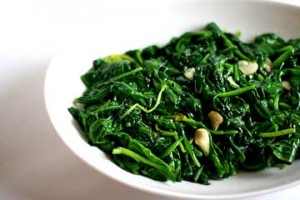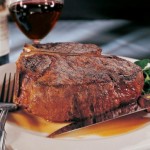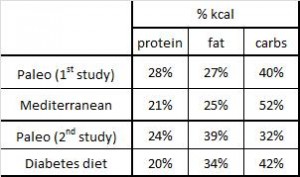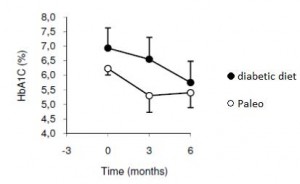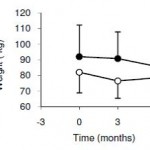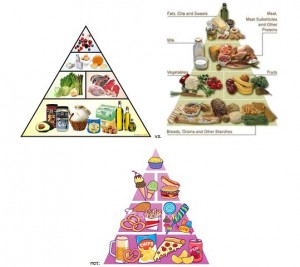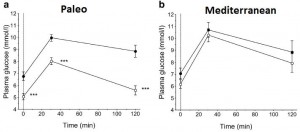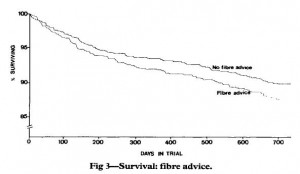on the chopping block: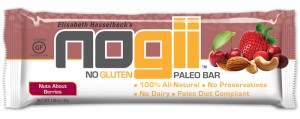 To recharge between hunting, gathering, and avoiding predation, our Paleolithic predecessors snacked on gluten-free energy bars comprised of a variety of fruits nuts, and vegetable oils all stuck together with Mother Nature’s sweet sticky honey and dates. <end sarcasm>
To recharge between hunting, gathering, and avoiding predation, our Paleolithic predecessors snacked on gluten-free energy bars comprised of a variety of fruits nuts, and vegetable oils all stuck together with Mother Nature’s sweet sticky honey and dates. <end sarcasm>
For the record, I’m not a card-carrying member of the Paleo community; just looking out for a respectable nutrition movement.
“NoGii No Gluten Paleo Bars” should not be confused with anything healthy.
INGREDIENTS: Dates, Honey, Organic Cashews, Almonds, Apple Juice Sweetened Cranberries (Cranberries, Apple Juice Concentrate, Sunflower Oil), Sesame Seeds, Dried Unsweetened Tart Cherries, Sunflower Seeds, Unsulphured Dried Apples, Freeze-dried Strawberries, Strawberry Juice Concentrate, Organic Sunflower Oil. ALLERGENS: Contains Tree Nuts (Almonds and Cashews).
Case closed.
On a more positive note, NoGii No Gluten Paleo Bars have no added sugars. Indeed, those were saved for their “NoGii Kids Bar.” 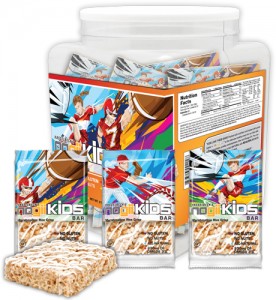
INGREDIENTS: Soy Protein Crisps (Soy Protein Isolate, Tapioca Starch), Marshmallow Creme (Sugar, Brown Rice Syrup, Crystalline Fructose, Invert Sugar, Water, Egg Albumen, Agar, Gum Arabic, Natural Flavor), Brown Rice Syrup, Organic Brown Rice Crisps (Organic Brown Rice, Organic Brown Rice Syrup, Sea Salt), Rice Syrup Solids, Maize Dextrin (Dietary Fiber), Organic Canola Oil, Organic Agave Syrup, Whey Protein Isolate, Organic Palm Oil, Vanilla Yogurt Drizzle (Sugar, Fractionated Palm Kernel Oil, Whey Powder, Nonfat Dry Milk Powder, Cultured Whey, Soy Lecithin [emulsifier], Vanilla), Vegetable Glycerine, Natural Flavors, Sea Salt, Soy Lecithin, Mixed Tocopherols (Natural Vitamin E), Purified Stevia Extract, Lo Han Extract.
NoGii proudly advertises “NO HIGH FRUCTOSE CORN SYRUP” and “ALL NATURAL,” but this is despicable, ESPECIALLY because these are targeted at children.
Divide and conquer
- Agave syrup has MORE fructose than high fructose corn syrup (it’s like higher fructose corn syrup). Why brag about “no high fructose corn syrup” if you’re only going to include a higher fructose substitute?
- Crystalline fructose. (yes, that would be 100% fructose).
- Invert sugar is chemically virtually identical to high fructose corn syrup. This is deceitful… it wouldn’t be so bad if they didn’t advertise (in all capital letters) “NO HIGH FRUCTOSE CORN SYRUP” directly on the website.
- Lastly, there’s nothing “Brown Rice” about “Brown Rice Syrup.” It’s just plain syrup. It may not have fructose, but it’s still just a blend of simple sugars.
NoGii is pulling no punches, so neither am I: they are trying to trick parents into feeding their kids something that they may not have had they known what was really in it.
NoGii. Worst company of the week. No, of the month, because they are targeting children.
A superior alternative:
Quest Low Carb Gluten Free Protein Bars
calories proper


